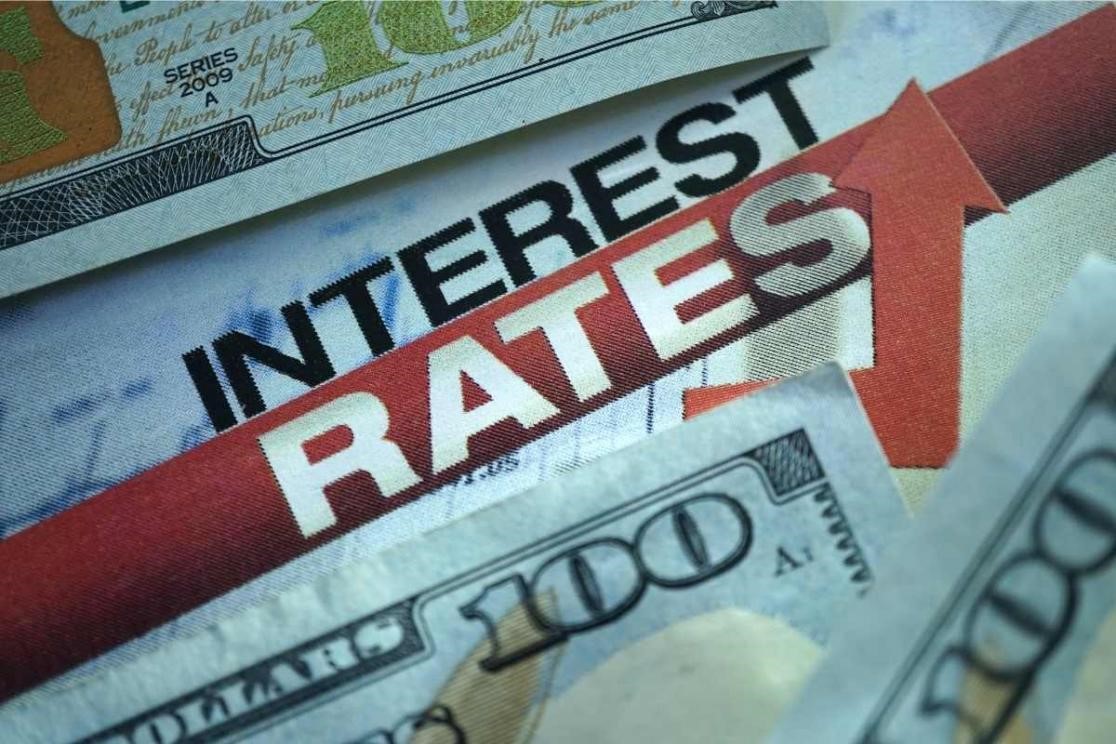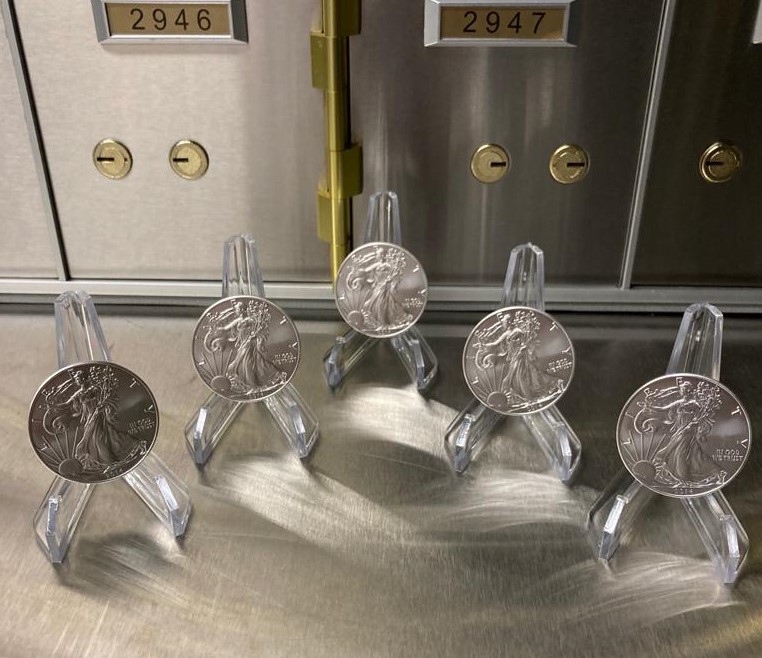
A closer look at Interest Rates
Why do interest rates matter?
An interest rate can be thought of as the “cost of money”. So, as a borrower, the interest rate is the sum you are charged for borrowing money. A higher rate of interest makes borrowing the same amount of money more costly.
These bank rates are a very important ‘benchmark’ interest rate for the economy as a whole.
It influences many other rates of interest in the economy including the lending and savings rates offered by high street banks. For example, if you have savings in a bank account that pays interest and rates are increased, you might see the rate of interest on your savings increase accordingly. Likewise, if you have a loan or mortgage that charges you a variable interest rate, you might find that the cost of your repayments goes up.
Higher interest rates make it more expensive for people to borrow money and encourages them to save. That means consumers will tend to spend less and in turn the pace of economic growth may contract. On the other hand, lower interest rates result in a cheaper cost of borrowing money and there would be less of an incentive to save.
The current rate of inflation and interest rates
In current times, the rate of inflation is at its highest level in decades. The cost of living has risen sharply over the last year in particular. A stable and low rate of inflation helps to create a healthy and prosperous economy. However, a high and unstable rate of inflation can have a negative impact on society. If prices are unpredictable, it is difficult for people to plan how much they can spend, save or invest.
Each month the Office for National Statistics reviews the prices of a range of products in a ‘basket’ of goods and services and from this we know the rate of inflation. They compare the cost of the basket i.e., the level of CPI, with what it was a year ago. The change in the price level over the year is the rate of inflation. For example, prices in Ireland rose by an estimated 9.6 per cent in the year to July, higher than the euro area average.
In extreme cases, volatile and high levels of inflation can cause an economy to suffer and even collapse. It is the responsibility of the Federal Reserve to set monetary policy. The FED have the variety of means at their disposal, including the fixing of interest rates, to help keep inflation low, stable and under control.
Higher interest rates make borrowing more costly and promotes saving as opposed to spending. As a result, as people spend less on goods and services, prices don’t rise as much which lowers the rate of inflation.
What is the FED’s current stance on rates?
The Federal Reserve, as well as other central banks across the globe, have begun to increase interest rates rather hastily in an attempt to curb the current rapidly increasing rate of inflation. This tightening of monetary policy won’t be an overnight fix to the rate of inflation. The knock-on effects of higher interest rates aren’t seen immediately, they can take time to take full effect. These policy makers have a target rate of inflation of 2%. The current rate is considerably higher than that at the moment which is a great cause for concern. The FED have started taking the actions necessary to bring inflation down to 2%. Precisely how high or low interest rates will go depends on the state or health of an economy and what will happen to the rate of inflation over the next few years. The central banks review how the economy is doing and whether a change in interest rates is needed eight times a year (roughly every six weeks). When accessing the decision of adjusting monetary policy, policy makers take into account the state of the overall economy. They assess various statistics such as actual and forecasted GDP, the rate of unemployment, real wages and consumer sentiment before making any adjustments to the rate of inflation or implementing any other monetary policy changes.
Interest rates and the price of gold?
Interest rates and the price of gold traditionally have a negative correlation It is not guaranteed but usually the gold price goes up when interest rates go down and vice versa. This is due to the fact that rising interest rates make can make other asset classes more appealing to investors. Interest rates are different for every nation. However, the rates in the United States have a greater influence than most due to the fact that gold is predominantly traded against the US Dollar and therefore US interest rates can have a greater impact on the gold price. Overall, higher interest rates increase the opportunity cost of holding a non-interesting bearing asset like gold.
However, markets are not guaranteed to follow this logic. Some analysts claim and history would show that periods following interest rate hikes can in fact be bullish for the price of gold. For example, after Janet Yellen increased rates in December 2015, the gold price fell initially before doubling to an all-time high post-hike.
Only time will tell where interest rates will end up and how the price of gold performs in the medium-long term. If you are interested in investing in physical gold bullion, Merrion Gold’s trading team are available on 01-254 7901.

